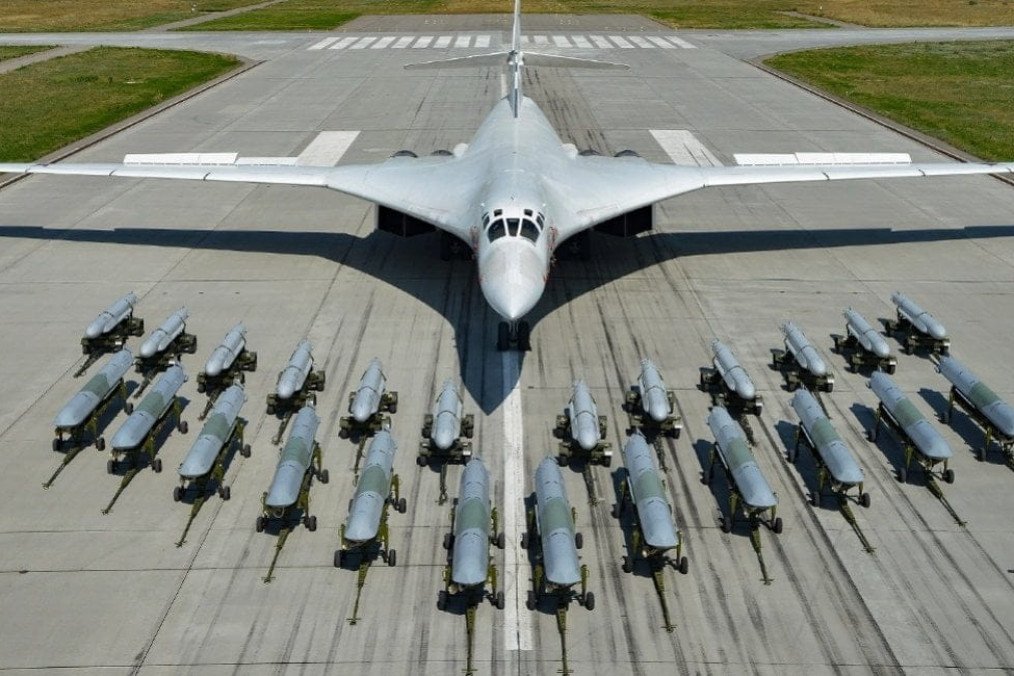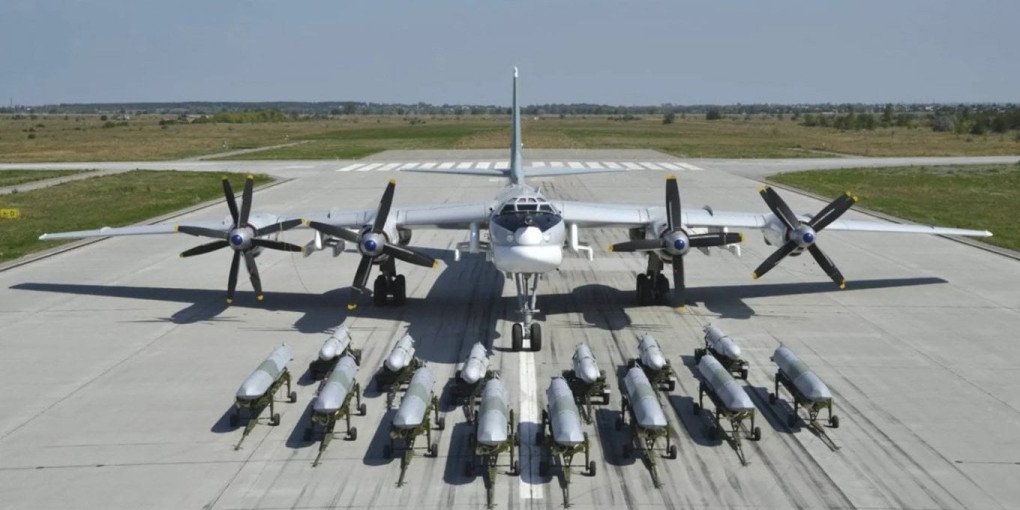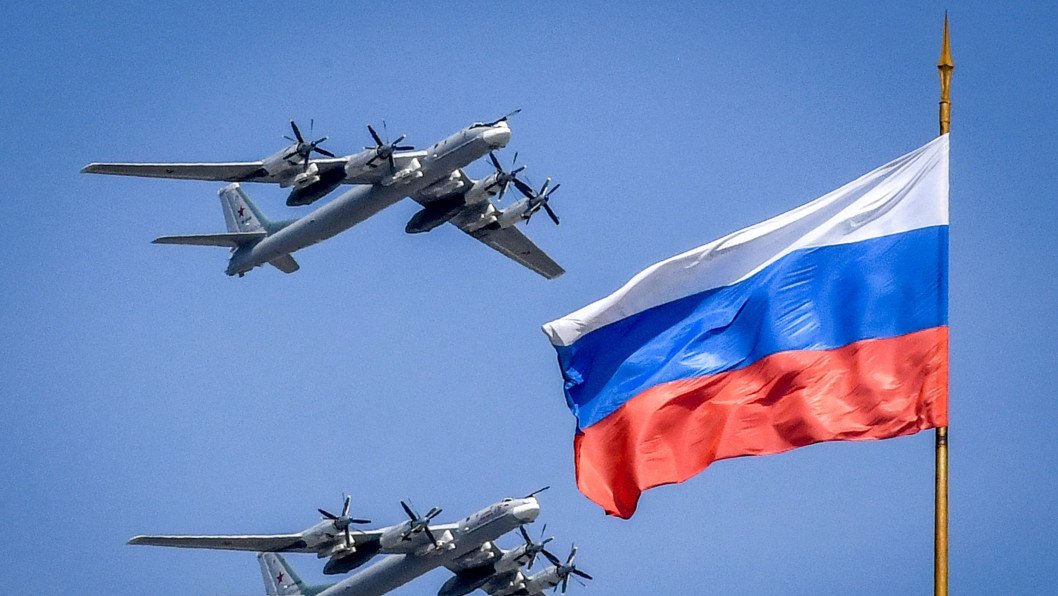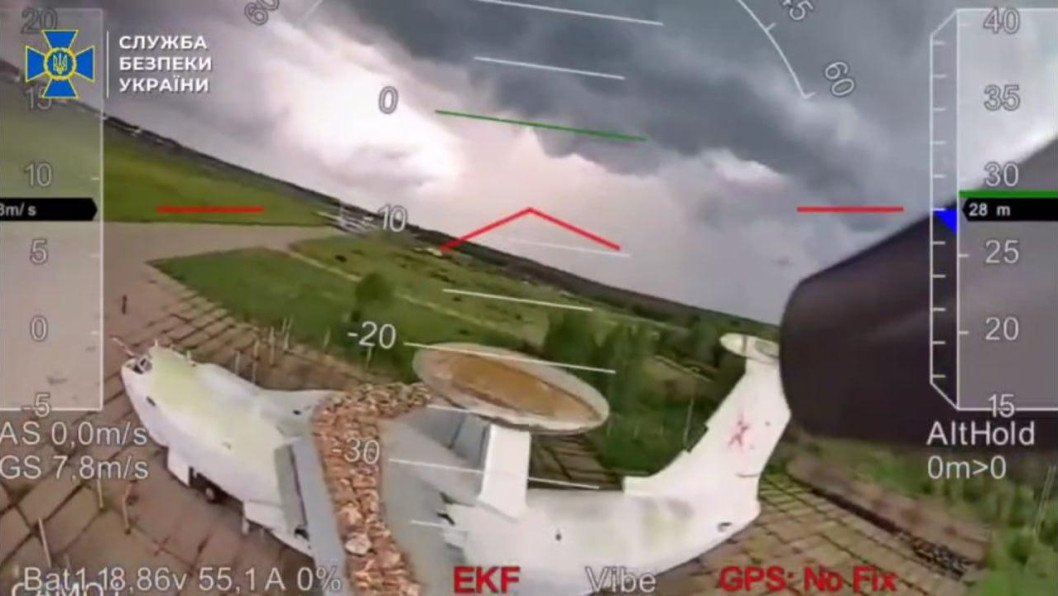- Category
- Latest news
Russia Forced to Deploy Rare Tu-160 Bombers Amid Tu-95 Losses in Operation Spider Web

Russia employed Tu-160 strategic bombers to launch a wave of Kh-101 cruise missiles against targets across Ukraine—a move that points to an increasingly acute shortage of the Tu-95MSM aircraft typically used for such operations, Ukrainian defense outlet Militarnyi reported on June 6.
According to the Ukrainian Air Force, the strike involved 36 Kh-101 cruise missiles and marked a rare operational use of the Tu-160—a more advanced but significantly more expensive and maintenance-intensive aircraft.

Normally, Russia relies on the Tu-95MSM to carry out long-range missile strikes due to its superior airframe and engine longevity, simpler design, and fuel-efficient turboprop engines. These aircraft are specifically built for sustained patrols and fly at cruising speeds of around 750 km/h at altitudes of 8–10 km—conditions that minimize structural stress and wear.
By contrast, the Tu-160 operates at much higher loads, including supersonic speeds, and features a variable-sweep wing configuration that requires additional mechanical components. This makes the aircraft technically more complex, quicker to wear out in regular use, and far costlier to maintain and refuel.

In short: while the Tu-160 is faster and more powerful, its frequent use is logistically unsustainable — unless Russia has no other choice.
That appears to be the case following Ukraine’s successful SBU-led Spider Web operation, which dealt a significant blow to Russia’s long-range aviation fleet. At least eight Tu-95MS bombers were either destroyed or seriously damaged in that operation. Among the identified aircraft:
RF-94120 Kozelsk (based at Belaya airbase) — modernized to Tu-95MSM standard
RF-94132 Voronezh (based at Olenya) — also upgraded to MSM
RF-94257 Chelyabinsk (Olenya) — confirmed as a Tu-95MS, possibly later upgraded
Five additional Tu-95s of unknown upgrade status were also hit at Belaya and Olenya airbases

The appearance of Tu-160s in the June 6 strike strongly suggests that at least some of the damaged but unidentified aircraft were also Tu-95MSMs — bombers Russia can no longer field in sufficient numbers.
Earlier, reports emerged that Russia has redeployed a Tu-160 strategic bomber to one of its most remote airbases in Anadyr, located in the Chukotka region near the Bering Sea.
This marks the first recent appearance of a Tu-160 at the Anadyr airbase, with reports the bomber was relocated there after Ukraine’s June 1 Operation Spider Web—a coordinated drone strike that damaged or destroyed dozens of Russian strategic aircraft across multiple airfields.


-ce9a134791207c81306f56ab3d75ffb6.jpg)
-72b63a4e0c8c475ad81fe3eed3f63729.jpeg)
-45ed3be17a7bb74903649ed9258196f8.jpg)

